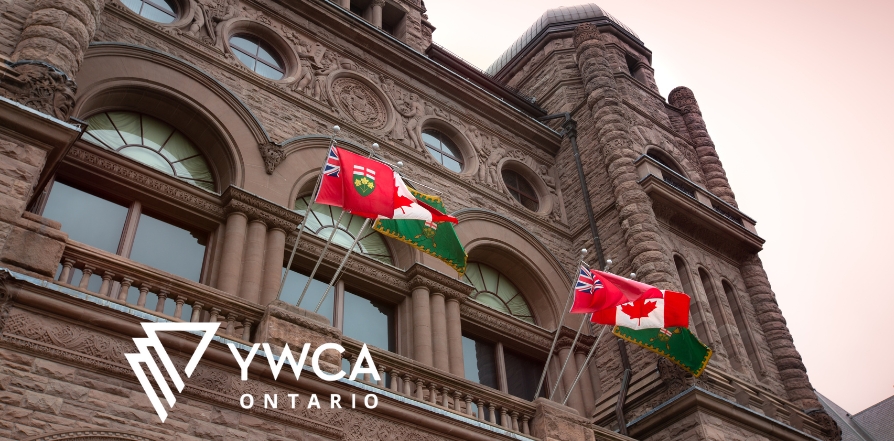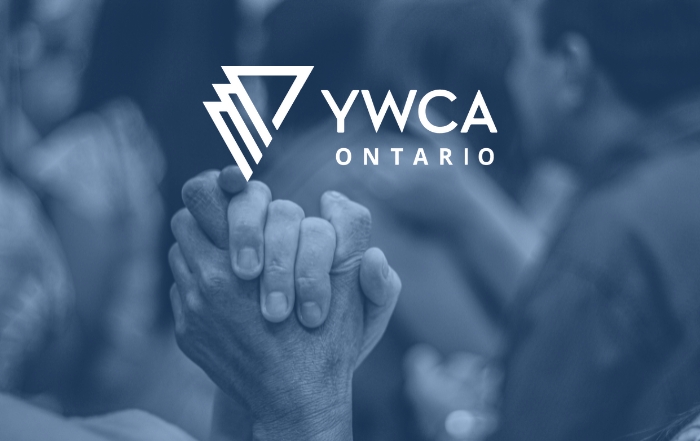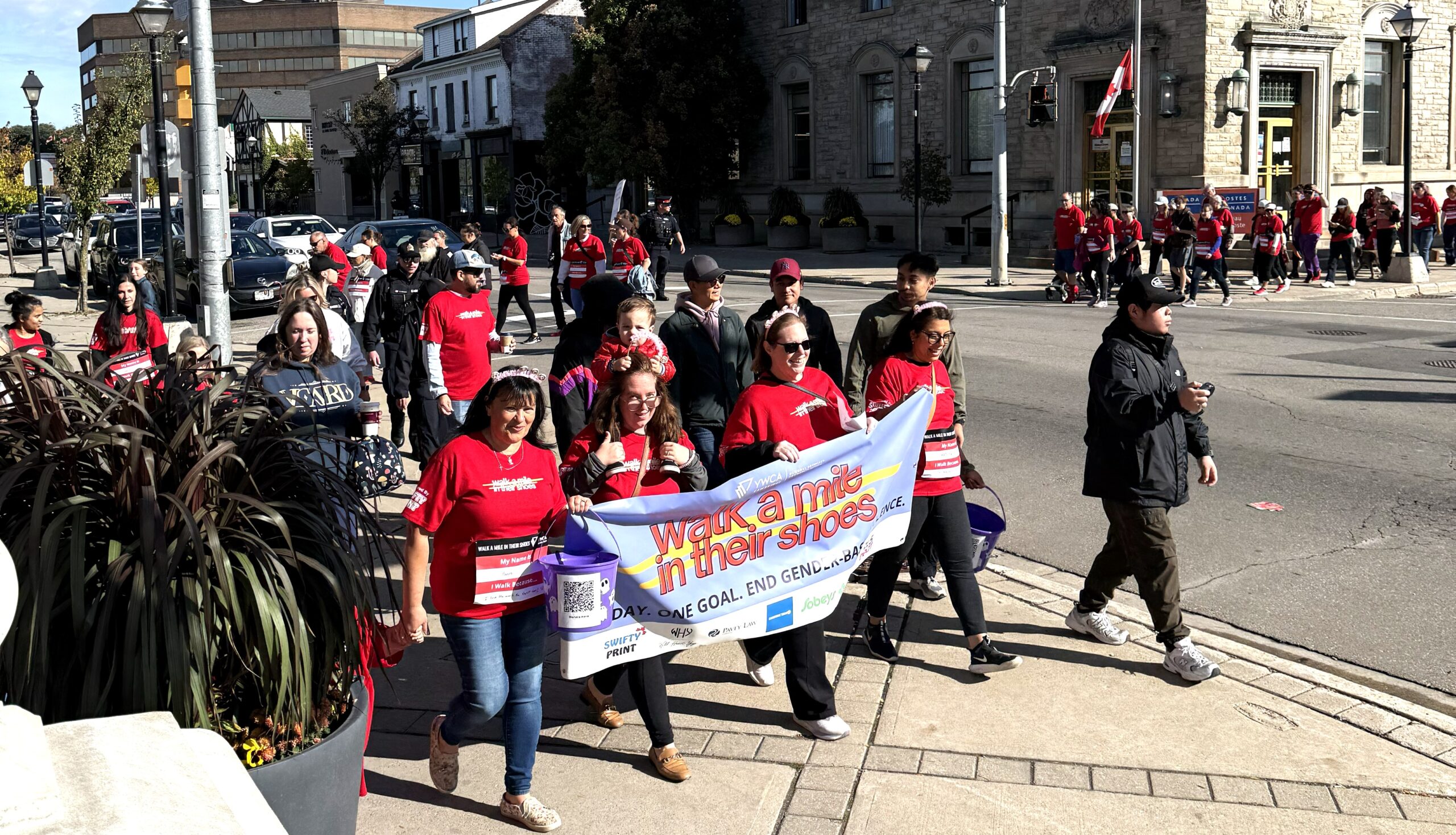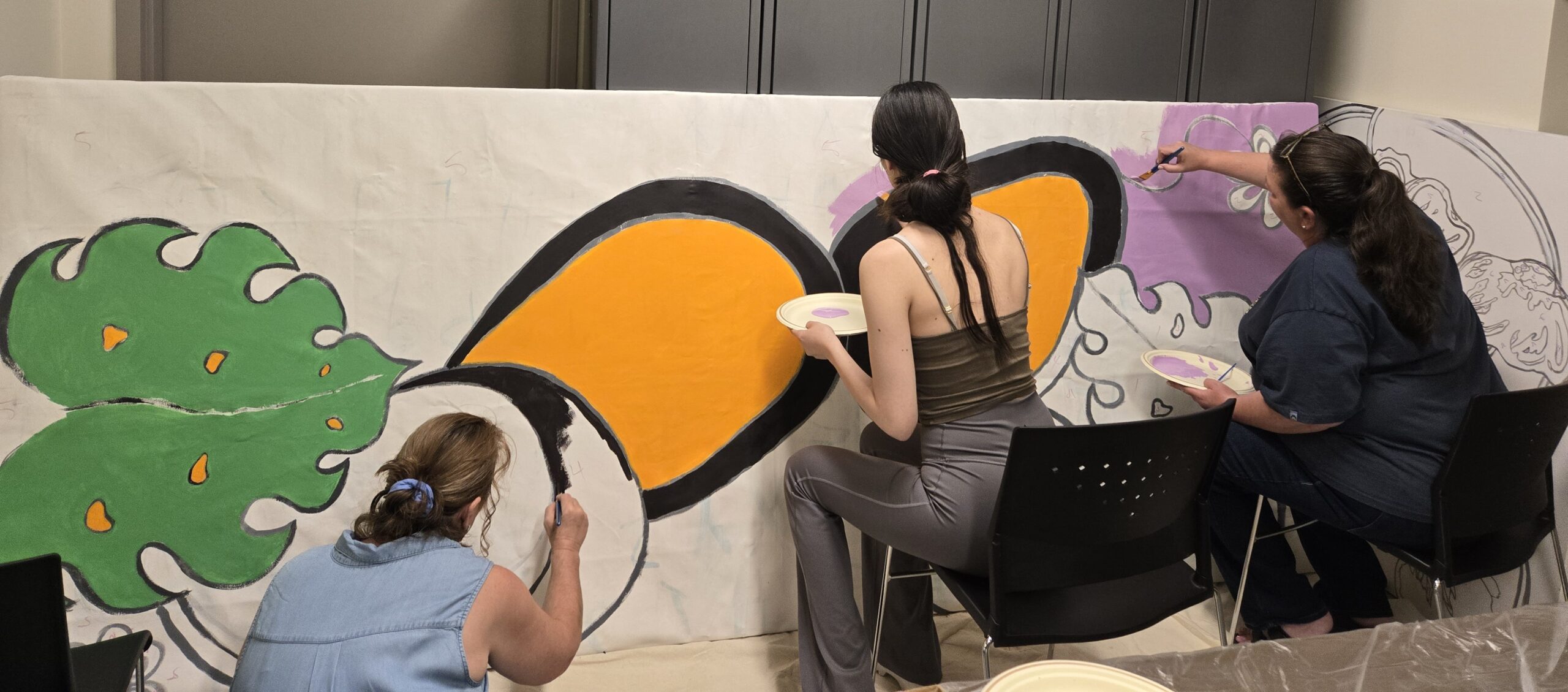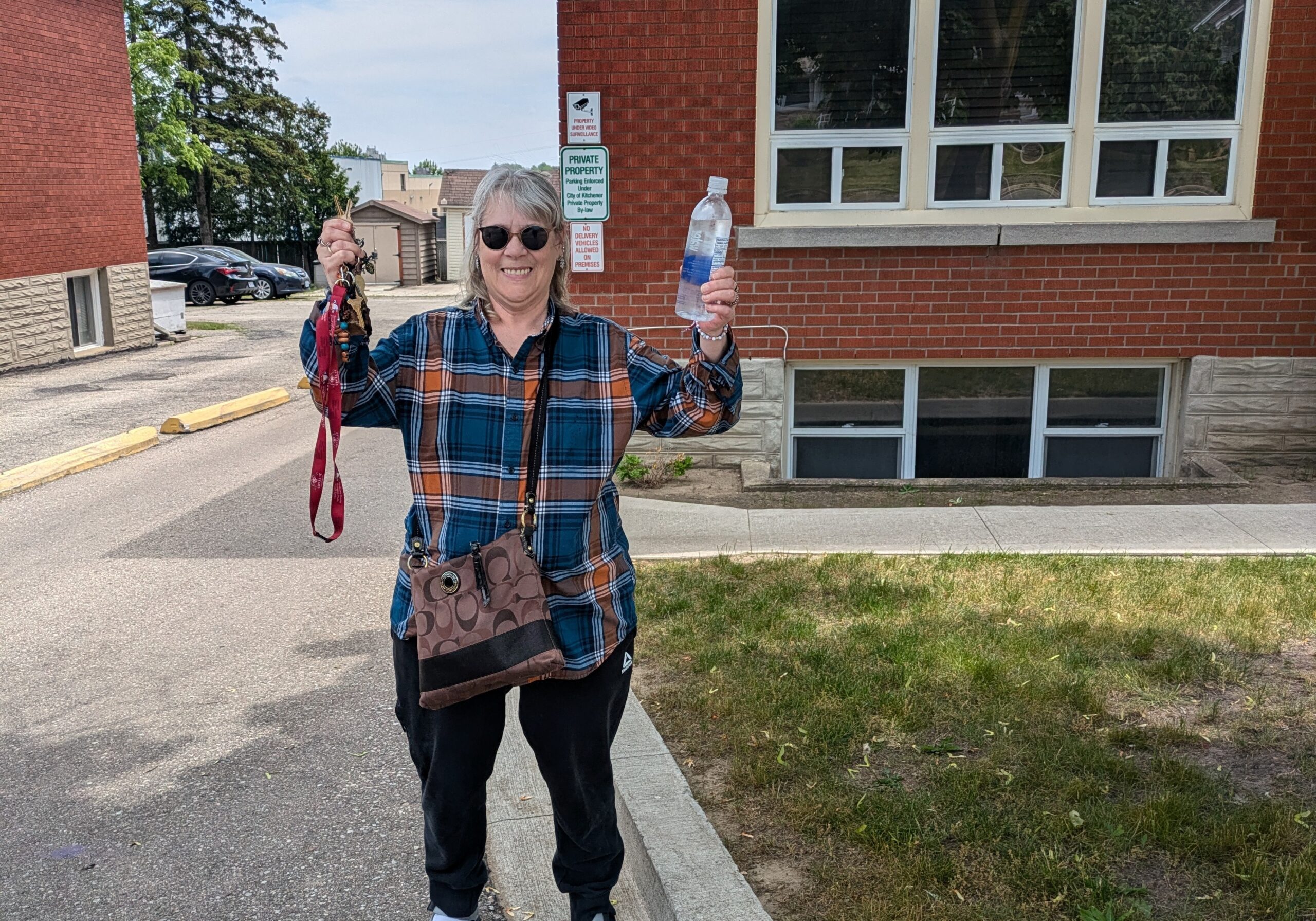With a provincial election looming, YWCA Ontario hoped to see a range of critical investments in women and gender-diverse people in the budget delivered yesterday by Ontario Minister of Finance, Hon. Peter Bethlenfalvy. However, while the 2022 budget poses a record $198.6 billion spending plan, the investments fall short of addressing the troubling rise in gender-based poverty and inequity in the province.
The provincial budget suggests an optimistic future for an economy still grappling with COVID-driven deficits. Promises of capital investments abound, but missing are investments in the people who will staff these new buildings and projects and in caring for marginalized communities in the province.
From the early days of the pandemic, it was clear that Ontario was headed for a she-cession –and YWCA Ontario has called for gender-responsive budgets ever since. Last year’s budget mentioned women only 27 times, and this year’s budget mentions women a mere eight times – suggesting we are even further away from seeing a gender-based recovery strategy to help women regain the losses they faced during COVID-19.
The budget touts measures to save Ontarians money, primarily via tax credits – which we know do not benefit the lowest income people. Promises to reduce gas prices, refund license plate stickers and remove highway tolls will save people only a little bit of money. These measures fail to close the widening gender and racial disparities in the province. We need meaningful, long-term and permanent investments in public services, housing and employment programs – particularly those that offer wraparound supports and are built specifically to meet the needs of women and gender diverse individuals, including newcomer, refugee and racialized community members and Indigenous women, girls and Two-Spirit people.
The 2022 budget presented an opportunity to address the fault lines in our system that COVID laid bare. Sadly, that opportunity was missed.
YWCA Ontario’s analysis of the budget based on the recommendations we outlined in our pre-budget submission can be found below:
Child care
Urgent calls from advocates across the province to address the child care workforce have been ignored. The budget does not present any new provincial funding to address the recruitment and retention crisis in the sector.
The budget recommits to expanding child care spaces, including $14 billion in capital grants over the next 10 years to both school and child care infrastructure projects. Alongside our sector partners, we remain deeply concerned about the ability to staff the 86,000 promised new child care spaces without an adequate plan to recruit and retain child care staff.
Wage Enhancements For Frontline Workers
As announced in March, the wage enhancement for personal support workers will become permanent. This is good news. However, the bad news is that tens of thousands of other frontline workers in feminized fields which are chronically underpaid – and in many cases, constrained by Bill 124 – were not included.
The budget omits support for a livable wage or paid sick days.
Social assistance
The budget made no commitments to raising social assistance rates and failed to deliver meaningful support for the 400,000 Ontarians living with disabilities. With no investments in the Ontario Disability Support Program, rates remain unchanged since 2018 and remain woefully below the poverty line.
The budget mentions increasing eligibility for the Low-Income Individual and Families (LIFT) tax credit from $38,000 to $50,000, which could mean low income individuals and families will see an average of $300 more in tax credits in 2022. While this may be a step in the right direction, this tax credit will not come close to addressing the increasing cost of living Ontarians face today.
Women’s employment
Though welcomed, the $6.9 million invested to support women through the Investing in Women’s Futures program does not go far enough to address the disparate hardships faced by women in this province. This funding, expected to deliver employment training opportunities and wrap-around support for women experiencing violence and abuse, is far below the $75 million YWCA Ontario has advocated for to truly meet the vast need across the province. Also missing from the budget are clear gender targets in funding allocations in skilled trades and development to help more women access these high-quality, well-paying jobs.
Housing and rent relief
In the midst of a housing and homelessness crisis, there was no mention of rent relief or investing in more affordable housing. Indeed, “affordable housing” did not appear once in the budget.
The main tool the budget highlights as a means of addressing the housing affordability and supply crisis is “reducing red tape” so developers can build homes more quickly. Building more homes without ensuring people can afford homes will not address the housing crisis, and will only exacerbate the widening gap between those who can afford to pay market value for housing, and those who cannot.
Dedicate funding for girls’ programming
These programs help girls and young women to develop valuable skills, enhance their self-esteem, learn to live safely in their communities, and understand the challenging world that surrounds them. There are no girls’ specific programming investments mentioned in the budget, failing girls and young women in this province.
Address gender-based violence
While cases of sexual and gender-based violence have soared throughout the pandemic, there is not a single mention of sexual, intimate partner, domestic or gender-based violence in the budget. Gender-based violence is persistent and life-threatening. The lack of funding in this year’s budget demonstrates a complete disregard for the increased violence faced by women, girls and gender diverse people in this province, in particular those who are at a greater risk of experiencing violence, including Indigenous and racialized women, and women living with disabilities.
Invest in a sector stabilization fund for non-profits
The nonprofit sector comprises 2.6% of Ontario’s GDP and employs more than one million people in Ontario, the majority of whom are women. The sector has been devastated by two years of revenue and operations disruptions, and many nonprofits are now contending with the fallout of staff burnout and depressed wages. Yet, the budget offered no relief for this massive economic driver.
Conclusion
As a coalition committed to advancing gender and racial equity and poverty reduction, we are thoroughly underwhelmed by this budget. While it is filled with promises of infrastructure and economic development, it does not prioritize the voices and needs of women, gender diverse people, racialized communities and others who have faced heightened inequities throughout the pandemic.

